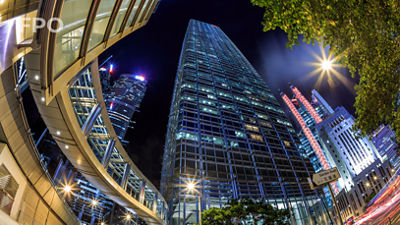We break down the different camera lenses to help you focus on what best meets your photography needs.
OVERVIEW
At the heart of lens selection is understanding a lens’s focal length, and what it potentially can do for your video and still images. While there are broad ranges within each category – from mild to extreme visual impact, and many other considerations as well – we’ll first break them into three fundamental categories:
Wide-Angle 8-35mm
Standard 40-55mm
Telephoto 70mm and above
WIDE-ANGLE LENSES
Ideal For
Wide-angle lenses make it easy to include large subjects or areas into a single video shot or picture. The wide-angle effect can range from mild to extreme, as focal lengths get progressively shorter. Their beauty is two-fold — you no longer have to back-up to get an entire scene into the frame, and (especially when focused close on a nearby subject) they can dramatically render an otherwise ordinary scene.
Ideal For
Wide angle lenses are best for capturing the beauty of a vast landscape. this is because your eyes are only capable of taking in around 120 degrees of a scene at one, but a wide-angle lens can take in much more. Also when shooting grand interiors - there's no need to stand up against a wall to get in the frame, as the lens will do it for you.


STANDARD LENSES
Ideal For
From landscapes and street scenes to images of subjects ranging from people to cars, standard lenses work by delivering that normal perspective, where obvious lens effects are minimal. They can easily and creatively blur backgrounds, when you focus close on a nearby subject.

TELEPHOTO LENSES
Ideal For
Hugely popular for situations where you can’t get close — from sports and wildlife to distant landscapes and even detail shots of buildings. Telephoto lenses are also a huge part of photographing people, from portraits and fashion to street photography during travel. Lenses with higher millimeter focal lengths are progressively more powerful; traditionally, lenses 400mm and above are considered “super-telephoto” lenses.









